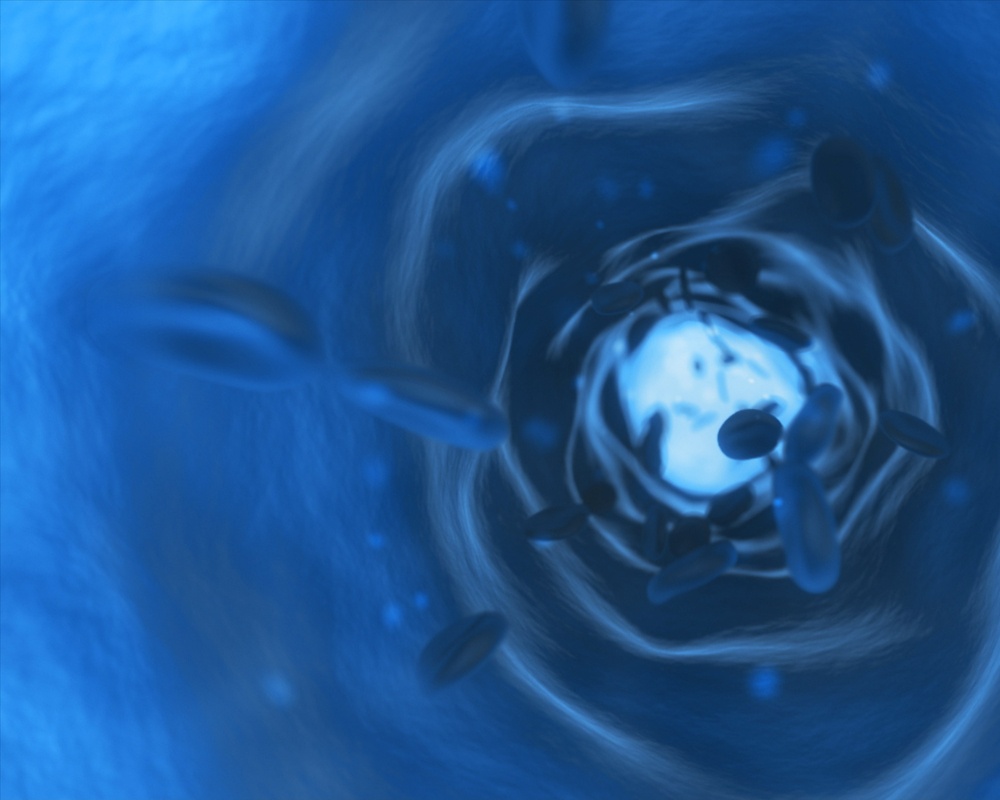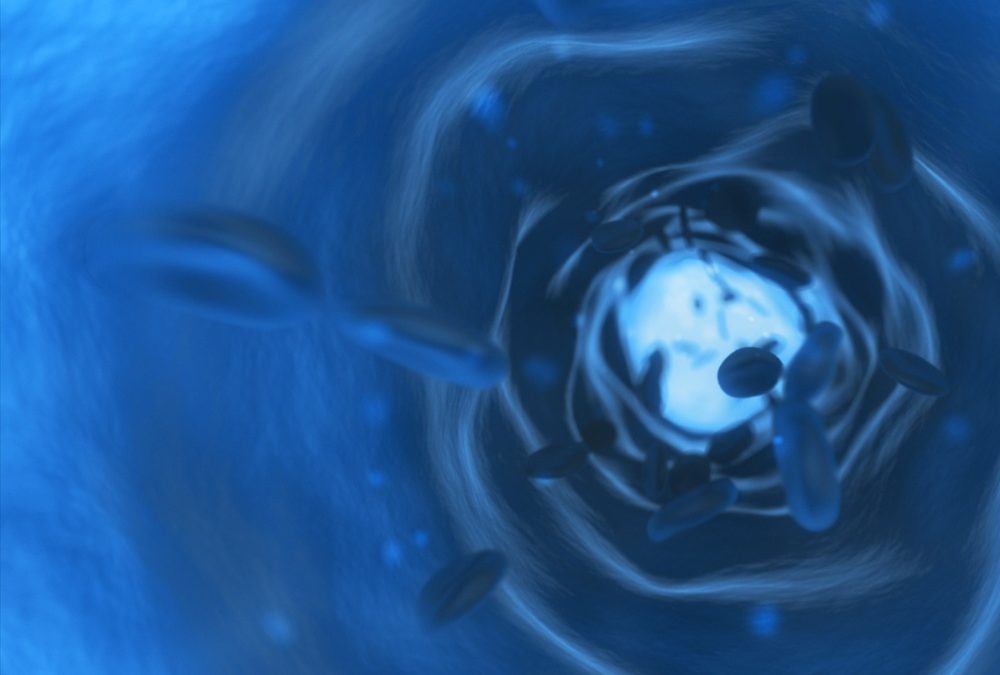
Stem cells are very powerful cells found throughout the human body. They have the ability to multiply and differentiate into other types of cells, including muscle cells, skin cells, and bone cells.
Scientists have been researching stem cells for decades, in an attempt to understand how they differentiate and regenerate parts of the human body. By understanding precisely how stem cells work, scientists will be able to harness their incredible power and develop treatments for hundreds of different illnesses.
In an important recent breakthrough, researchers from the Luxembourg Centre for Systems Biomedicine (LCSB) of the University of Luxembourg have managed to identify a crucial mechanism that controls how blood stem cells work. Details of the discovery were recently published in the journal PLOS Biology.
Similar to other cells in the body, stem cells carry DNA that informs them how they should grow and function. The DNA tells the stem cell if it is destined to become a bone cell, nerve cell, skin cell or another type of cell.
However, some stem cells are multipotent — which means they have the ability to become one of many types of cells (even though the stem cells share identical DNA). A multipotent stem cell might become a bone cell or ligament cell. Pluripotent cells are even more powerful and can become “any” type of cell within the body.
The scientists used specially treated blood stem cells on mice to learn more about how stem cells behave. They discovered that stem cell differentiation happens opportunistically and not in a linear fashion. A stem cell won’t always grow in the same way and appears to be affected by the environment it is in.
As one of the researchers puts it: ”So, it is not as though the cell takes a ticket at the beginning of its differentiation and then travels straight to its destination. Rather, it gets off frequently to look around and see which line is best to take.”
The new research gives scientists even more insight into how stem cells operate in the body.
Source: Researchers decipher how the body controls stem cells
{{cta(‘010124f3-c9bc-4a23-b9fc-74953e6288c9’)}}


